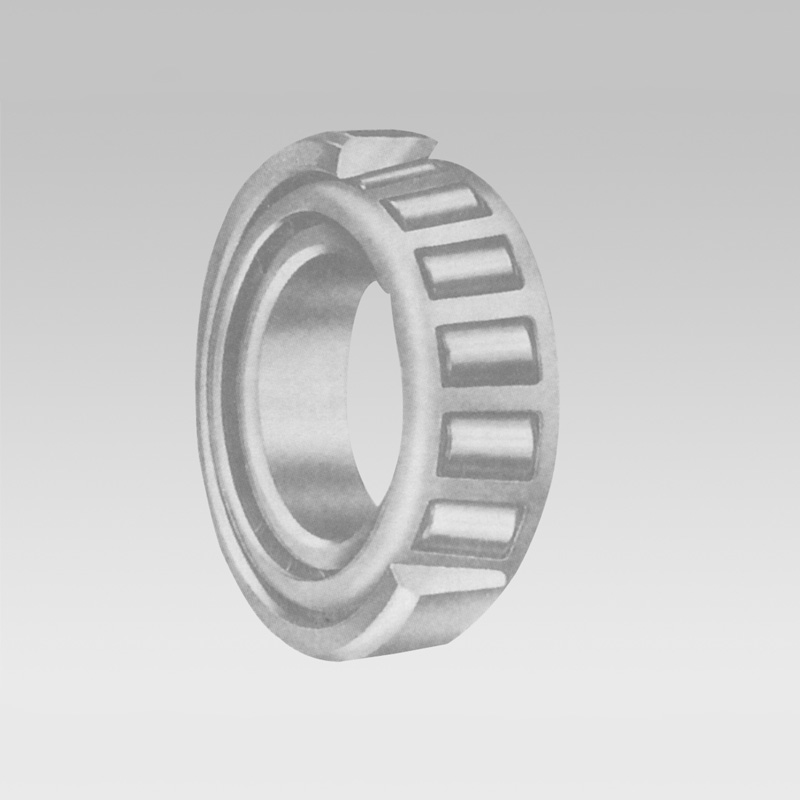
Oct . 17, 2025 09:40 Back to list
Taper Roller Bearings Sizes | High Precision, In Stock
Field Notes on Taper Roller Bearings Sizes: What Actually Matters in 2025
If you’ve ever chased a lead time because a truck hub was waiting on one component, you know why taper roller bearings sizes aren’t just numbers in a catalog. They’re decisions about speed, load, and budget. In fact, some legacy datasheets even blur terms with angular contact bearings (it happens), but here we’ll stick to tapered roller bearings—the conical raceway, cup-and-cone kind that carry combined loads with a proper line of contact.

Industry trend check (short and sweet)
Demand’s shifting toward higher C-ratings and tighter tolerances (P6/P5) for gearbox, wind-drive, and EV axle programs. Actually, many customers say they’re standardizing on fewer taper roller bearings sizes families to simplify spares. The big surprise: clean steel and traceable heat lots are now asked for even in mid-tier bids.
Representative size and spec snapshot
Real-world use may vary; values below are ≈ typical catalog data to guide engineering discussions.
| Model | d (mm) | D (mm) | T (mm) | Contact angle α | C (kN) ≈ |
|---|---|---|---|---|---|
| 30205 | 25 | 52 | 16.25 | ≈ 12–16° | ≈ 28 |
| 32010X | 50 | 80 | 20 | ≈ 15–20° | ≈ 63 |
| 32218 | 90 | 160 | 42.5 | ≈ 12–18° | ≈ 195 |
For special taper roller bearings sizes (flanged cups, matched pairs, inch-series cones), ask for drawings and tolerance stack-ups per ISO 492.
Applications and advantages
- Automotive hubs and differentials: stable under mixed loads; easy preload control.
- Industrial gearboxes: higher α can boost axial stiffness, handy for helical gears.
- Mining conveyors and mill stands: robust with proper lubrication and sealing.
Key advantages: high load capacity, predictable L10 life per ISO 281, and modular cup/cone serviceability. Downsides? They complain that mis-set preload eats seals—no surprise.
Materials, methods, and testing
Typical materials: GCr15/100Cr6 (through-hardened) or 8620/Case carburized (for shock). Process: forging → turning → heat treatment (ASTM E18 hardness checks) → superfinish grinding → assembly → 100% visual and random V1/V2 vibration tests. Static load per ISO 76; life rating per ISO 281; failure analysis via ISO 15243. Service life? ≈ 20,000–60,000 h in clean, well-lubricated duty; contamination changes everything, to be honest.
Vendor snapshot (quick reality check)
| Vendor | Origin | Certs | Lead time | Customization | Price tier |
|---|---|---|---|---|---|
| ARY Bearing | Xihuan Rd, Hexi Town, Linxi County, Hebei, China | ISO 9001 (typical) | ≈ 2–5 weeks | Non-standard taper roller bearings sizes, private label | $–$$ |
| Timken | Global | ISO/TS, IATF 16949 | ≈ 4–10 weeks | Engineered sets, coatings | $$$ |
| SKF/NTN (peer group) | Global | IATF 16949 | ≈ 3–8 weeks | Matched pairs, special cages | $$–$$$ |
Customization tips
- Specify preload targets (N) and torque windows; mention hub nut strategy.
- Ask for steel cleanliness data (inclusions per ISO 4967) and traceable heat lots.
- Seal selection matters more than you think—dusty mills wreck good math.
Mini case study
A quarry conveyor gearbox in Inner Mongolia was chewing through bearings every 7 months. We bumped the effective contact angle, moved to case-carburized cones, and set a realistic contamination factor in the ISO 281 life calc. Result: 18+ months between changes, same footprint, slightly revised taper roller bearings sizes on the cup width. The maintenance lead called it “boringly reliable,” which is the best compliment in this business.
Compliance and data points
Tolerances per ISO 492; boundary dimensions per ISO 355; hardness HRC 58–64 (ASTM E18); static/dynamic ratings per ISO 76/281. Typical vibration class V1; grease life validated by bench rig runs (80°C, 3,000 rpm) until 10% torque rise—your mileage will vary.
- ISO 355: Rolling bearings — Tapered roller bearings — Boundary dimensions and series designations.
- ISO 281: Rolling bearings — Dynamic load ratings and rating life.
- ISO 492: Rolling bearings — Radial bearings — Tolerances.
- ISO 76: Rolling bearings — Static load ratings.
- ISO 15243: Rolling bearings — Damage and failures — Terms, characteristics, and causes.
- ASTM E18: Standard Test Methods for Rockwell Hardness of Metallic Materials.
- ABMA/ANSI Standards for Tapered Roller Bearings; Timken Engineering Manual (latest edition).
Latest news
-
Ball Bearing 6001 – Reliable Deep Groove Bearings for Machinery & Industry
NewsNov.24,2025
-
Comprehensive Guide to 6305 2rsr Bearings – Specs, Uses & Vendors
NewsNov.24,2025
-
In-Depth Guide to 6003z Bearing Dimensions: Specs, Applications & Vendors
NewsNov.23,2025
-
Understanding the 6201 Z Bearing - Specifications, Applications, & Future Trends
NewsNov.23,2025
-
Everything You Need to Know About 6001 C3 Bearing – Specs, Uses, and Advantages
NewsNov.22,2025
-
6208 zz Bearing – Key Technical Insights, Applications & Vendor Comparison
NewsNov.22,2025
